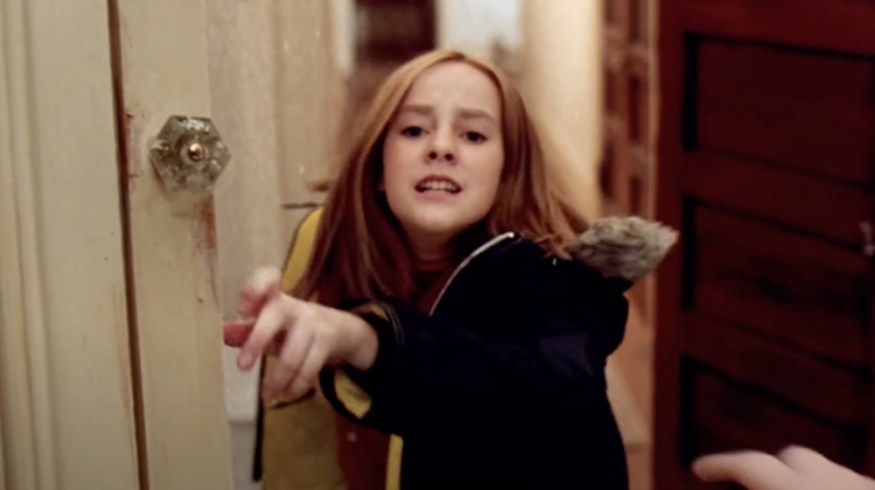
The Infamous Mirror Shot: How Filmmakers Make Cameras Disappear
Learn how filmmakers deal with and remove visible cameras when shooting mirror shots with these filmmaking hacks.
In art and literature, there are many timeless themes that have been explored: man vs. nature, man vs. machine, and even man vs. himself. However, in the art of filmmaking, there’s one theme that’s troubled filmmakers since the dawn of cinema—man vs. mirrors.
For obvious reasons, mirrors have been the bane of the filmmaker’s existence since the origin of moving images. Mirrors cause many troublesome problems on set, with the most egregious coming from trying to avoid showing the camera and film crew in a mirror’s reflection.
It’s a shame too, as mirrors can indeed be used for exceptional cinematic and thematic filmmaking elements. Mirrors create fascinating compositions, reflect interesting images, and can be tricked into adding complex lighting and layers. However, the crucial issue remains: How do filmmakers make cameras disappear in these mirror shots?
Let’s dive into this filmmaking phenomenon a little deeper with some guidance from YouTube sleuth Paul E.T., as we explore the different ways in which filmmakers have tackled the pesky problem of mirrors in cinema.
Contact: Blue Screen and Stitching
Diving in, we start with one of my favorite mirror shots of all time—the dramatic medicine cabinet mirror sequence from the 1997 Robert Zemeckis classic Contact. If you’ve seen the movie, you know what shot we’re talking about. However, if you haven’t seen it, you can watch the entire clip above.
As Paul E.T. points out in his video breakdown, working with tricky mirror cinematography isn’t exactly new to cinema, yet it’s proven to be a consistent problem for ages. The Contact sequence is particularly notable for its complexity. We’re dealing with some difficult dolly shots, slow motion cinematography, and what appears to be some digital trickery—although not as tricky as you may think.
The shot is achieved by the use of blue screen, image replacement, and a careful amount of stitching accomplished in post. You can see an example below of what this might have looked like on set as Paul E.T. creates a similar template in his breakdown.
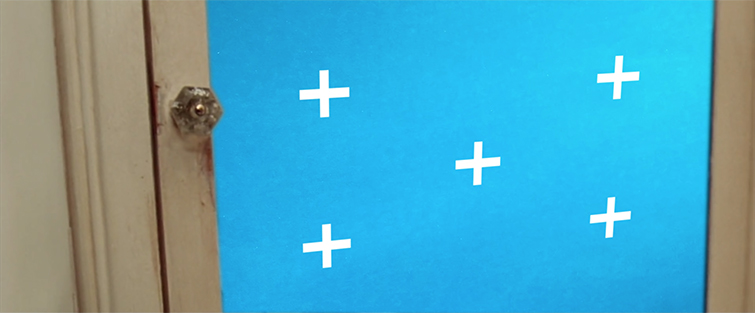
The overall effect is simply a careful combination of two different shots with some frame-by-frame stitch work to blend the two shots together. As far as mirror shots go, this one is actually pretty straightforward and a perfect example of just how powerful the right shot trickery can be.
Sucker Punch: Duplicate Sets and Acting Doubles
The next technique Paul E.T. breaks down for mirror shots is the popular (though risky) use of duplicate sets and acting doubles. I say risky because, unless you’re a stickler for details and working with a large production, casting, and set design budget, this technique can be quite difficult to pull off.
The example we see is from Zack Snyder’s Sucker Punch, but you can see this technique used on film sets throughout movie history. One of my favorite examples is from a similar scene in Terminator 2: Judgement Day, where director James Cameron actually used Linda Hamilton’s twin sister as her mirrored body double.
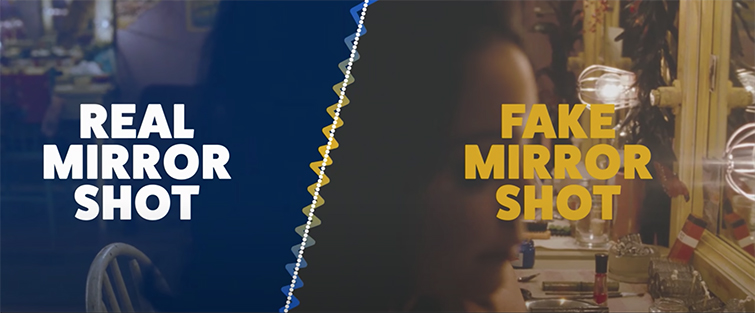
While this trick is usually done in one take and with the focus on one side of the mirror as a way to hide the faces of the body doubles and stand-ins, Snyder takes this trick one step further in Sucker Punch by doing a full 180-degree camera move to show the performers on both sides of the mirror. This trick only works with a cut though, which Snyder hides in a small moment when an actress walks past the camera.
Force Majeure: Camera Hidden and Digital Removal
While Ruben Östlund’s French-Swedish Force Majeure might not be the biggest name featured on our list, its mirror scene has perplexed film audiences and internet filmmaking YouTubers for quite some time, as you can see in the video breakdown above from Professor Jelkington.
It looks simple enough as we’re presented with a static camera harmlessly filming a family as they brush their teeth. However, as you begin to be drawn into the scene, it does become a bit odd as it obviously seems like there should be a camera there—how else would we be seeing this scene unfold?
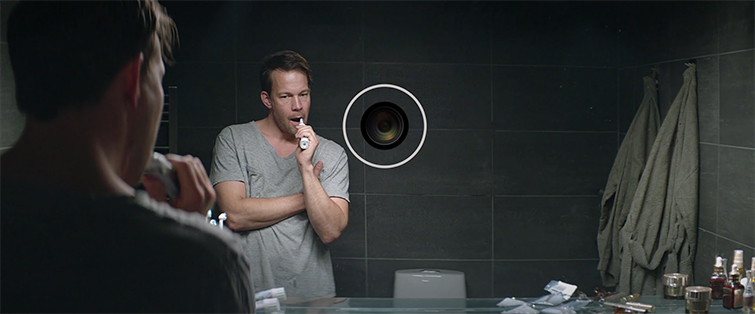
As both Professor Jelkington and Paul E.T. deduced, this camera trick was done as simply as possible. The camera, lens, and crew were hidden behind a fake wall where only the lens was able to peek through. The rest was filmed as normal and the lens was simply removed digitally, which would have been quite easy since the camera doesn’t move and the shot remains mostly static.
Criminal: UK: Camera Work and Rotoscoping
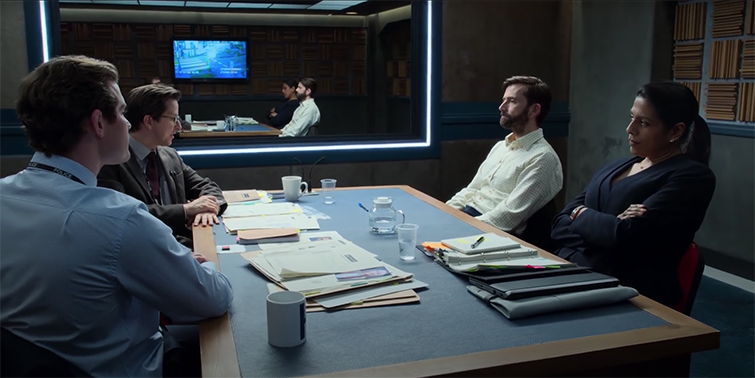
At the beginning of Paul E.T.’s journey, he states that his fascination with mirror cinematography tricks can be traced back to his perplexity at this one scene from George Kay and Jim Field Smith’s British police procedural Criminal: UK.
This appears to be one of the most sophisticated mirror shots in recent film or television history, as it so clearly shows each of the actors in full view and in perfect reflection. The mirror itself is important to the scene and is lit to be extra clearly in focus. And, if you try to apply many of the tricks used in the past—blue screens, green screens, stitching, or body doubles, it definitely doesn’t pass the test.
However, Paul E.T. was ultimately able to solve this mystery by reaching out to an actual crew member from the production to find out how it was done. While we’d love to see some new or more creative techniques being introduced, it does appear that it’s just a more sophisticated approach to the one used in Force Majeure.
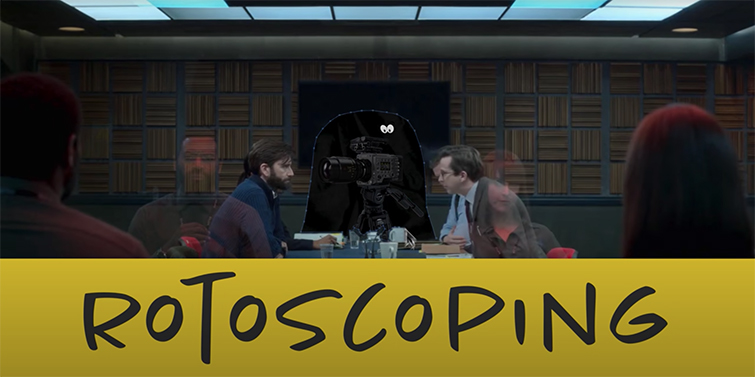
A camera was indeed on set, but it was simply removed in post-production through digital rotoscoping. However, as the crew member states, it was shot with the use of a remote control camera rig and with only one grip for the least amount of VFX work.
So, now you’ve got at least three different mirror cinematography tricks to try, mix, and match on your next project. And, while mirrors may indeed remain one of the mortal enemies of the filmmaker, with the right ingenuity, trickery, and (at times) plenty of digital effects, they can actually be used to create some truly amazing shots and sequences.
For more filmmaking tips, tricks, and resources, check out these articles:
- 5 Creative Ways to Use a Mirror on Your Next Video Shoot
- Lighting Technique: Create Dreamlike Reflections with Water
- Cinematography Tip: Use Mirrors to Light Your Scene
- Are We Using Diffusion Filters for the Right Reason?
- The 10 Best Blender YouTube Channels for 3D Artists
Cover image from Contact. Image via Warner Bros.





